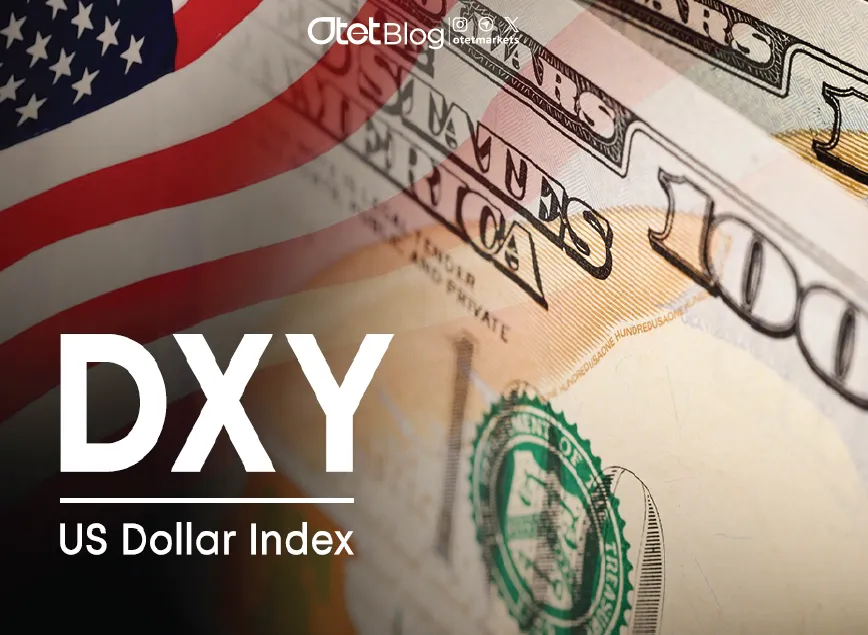
Diversifying Your Forex Portfolio!
Estimated reading time: 4 minutes
Table of contents
In the ever-evolving world of Forex trading, diversification is a powerful strategy that helps investors manage risk and unlock new profit opportunities. Relying solely on a single currency pair exposes traders to high volatility and potential losses. A well-structured, diversified portfolio can balance risks, improve stability, and enhance long-term profitability. In this guide, I’ll explore the importance of portfolio diversification in Forex, how to build a balanced trading strategy, and effective risk management techniques.
What Is an Investment Portfolio and Why Does It Matter?
An investment portfolio is a collection of financial assets designed to optimize returns while minimizing risk. Diversification involves spreading investments across multiple assets to ensure that potential losses in one area are offset by gains in another.
In Forex trading, this means avoiding over-reliance on a single currency pair. Instead, traders can distribute their capital across different currencies, timeframes, and strategies to create a resilient portfolio.
The Key Benefits of Diversification in Forex
Reduced currency risk means that a single currency’s decline won’t wipe out your entire portfolio. Enhanced profit potential comes from market fluctuations across different currency pairs, creating multiple trading opportunities. Protection against market volatility ensures that losses in one currency can be balanced with gains in another.
Exposure to multiple economic cycles allows traders to benefit from global economic changes and emerging opportunities. Greater flexibility provides traders with the agility to adapt to shifting market conditions.
How to Build a Diversified Forex Portfolio
A strong Forex portfolio includes a mix of major pairs like EUR/USD, GBP/USD, and USD/JPY, which are highly liquid and widely traded. It also incorporates minor pairs such as EUR/GBP, AUD/NZD, and CAD/JPY, offering unique opportunities with less liquidity. Exotic pairs, like USD/TRY or EUR/ZAR, carry higher risk but offer potential for larger returns. This strategy reduces dependency on any single economy and spreads risk effectively.
Read More: The Art of Reward and Risk Management: Financial Success
Use Different Timeframes
A diverse Forex portfolio considers both short-term and long-term trading strategies. Scalping and day trading focus on quick market movements for fast profits. Swing trading involves holding trades for several days or weeks to capture larger trends. Position trading focuses on long-term opportunities based on fundamental analysis and broader market movements. A mix of these strategies ensures consistent opportunities while minimizing exposure to sudden market shifts.
Combine Fundamental and Technical Analysis
A well-rounded portfolio incorporates multiple analysis techniques. Fundamental analysis focuses on economic reports, interest rates, and inflation. Technical analysis uses chart patterns, indicators, and price action to guide decision-making. Sentiment analysis evaluates market psychology and trader behavior. Combining these methods gives traders a comprehensive understanding of market movements.
Balance Correlated and Non-Correlated Assets
Some currency pairs tend to move together, while others behave inversely. A balanced portfolio should include positively correlated pairs, like EUR/USD and GBP/USD, which often move in the same direction. Including negatively correlated assets, such as USD/JPY and gold, can help hedge risks effectively and stabilize returns.
Explore Cross-Market Diversification
Forex traders can enhance their portfolios by including other asset classes. Commodities like gold, silver, and oil provide stability. Indices such as the S&P 500, DAX, and Nikkei add exposure to global stock markets. Cryptocurrencies like Bitcoin and Ethereum introduce a high-risk, high-reward element. Expanding into different markets helps balance currency fluctuations and increases overall portfolio resilience.
Read More: Financial Literacy: What It Is and How It Helps You
Effective Risk Management for a Diversified Portfolio
Stop-loss orders help minimize potential losses by automatically closing trades when prices move unfavorably. Take-profit orders lock in gains before the market reverses. Using these tools ensures disciplined trading and helps protect against sudden volatility.
Allocate Capital Wisely
Avoid putting too much capital into a single trade or asset. A good guideline is to risk no more than one to two percent of your total capital per trade, which keeps potential losses manageable and ensures a more sustainable trading strategy.
Monitor Market Conditions and Adjust Strategies
Regularly reviewing market trends and adjusting your strategy is essential. Economic changes, central bank policies, and geopolitical events can all affect currency values. Staying informed allows traders to make proactive adjustments and protect their investments.
Manage Emotions and Avoid Overtrading
Emotional trading can lead to impulsive decisions and increased risk. Following a well-defined strategy and maintaining discipline helps prevent fear or greed from influencing your trades.
Final Thoughts
Diversifying a Forex portfolio is a crucial strategy for reducing risk and maximizing returns. Trading various currency pairs, using different timeframes, applying multiple strategies, and maintaining strong risk management practices allows traders to navigate market volatility more effectively.
A thoughtfully structured portfolio not only minimizes potential losses but also creates more opportunities to profit from changing market conditions. Whether you’re new to Forex or a seasoned trader, diversification should be a core element of your trading approach.
Share
Hot topics

Federal Reserve’s Challenges to Trump’s New Policies
As the Federal Reserve Open Market Committee (FOMC) prepares for its upcoming meeting, all eyes are on how the Fed will respond to Donald Trump’s latest economic policies. With the...
Read more




Submit comment
Your email address will not be published. Required fields are marked *